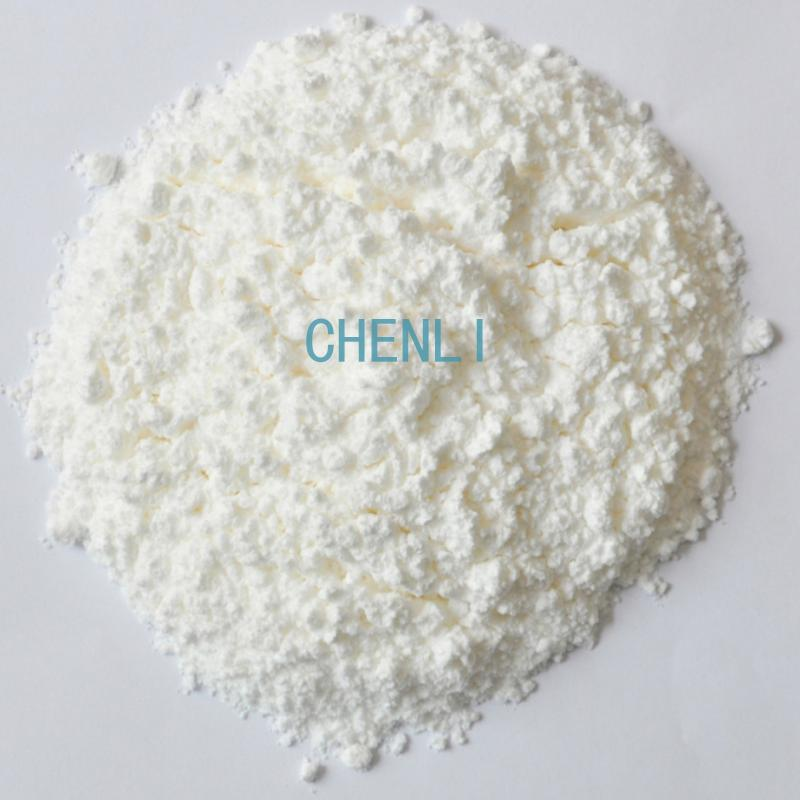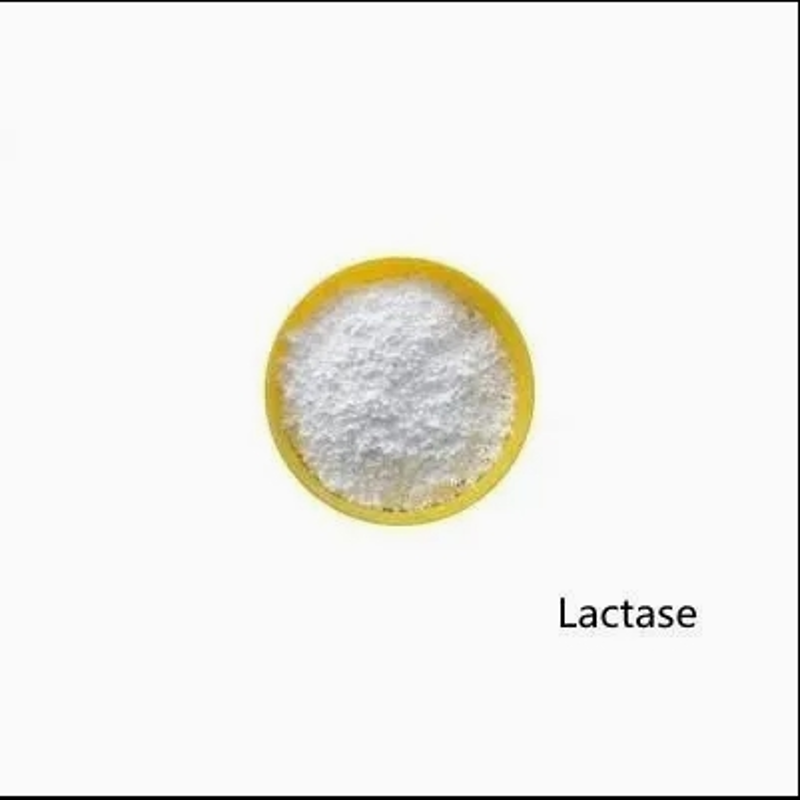-
Categories
-
Pharmaceutical Intermediates
-
Active Pharmaceutical Ingredients
-
Food Additives
- Industrial Coatings
- Agrochemicals
- Dyes and Pigments
- Surfactant
- Flavors and Fragrances
- Chemical Reagents
- Catalyst and Auxiliary
- Natural Products
- Inorganic Chemistry
-
Organic Chemistry
-
Biochemical Engineering
- Analytical Chemistry
-
Cosmetic Ingredient
- Water Treatment Chemical
-
Pharmaceutical Intermediates
Promotion
ECHEMI Mall
Wholesale
Weekly Price
Exhibition
News
-
Trade Service
Recently, the South China Agricultural University Food Institute Lvmu Wen teacher in chili factor on glucose homeostasis regulation and its potential mechanisms, capsaicin can be adjusted oleic acid-induced HepG2 cell organisms made new progress in the study of disorders of the bell, and a high level of international journals Published two academic papers in District One
.
.
Published a paper entitled "Modulating Effects of Capsaicin on Glucose Homeostasis and the Underlying Mechanism" on "Critical Reviews in Food Science and Nutrition", with an impact factor of 11.
176
.
(Original link: https://Abnormal glucose homeostasis can lead to a variety of metabolic syndrome symptoms, such as insulin resistance, obesity, type 2 diabetes, hypertension, and cardiovascular disease.
It can be seen that glucose homeostasis is very important for maintaining the normal biological functions of the body
.
Capsaicin is the main biologically active component in pepper.
Many studies have shown that capsaicin can effectively improve the body's glucose homeostasis by activating the TRPV1 ion channel
.
176
.
(Original link: https://Abnormal glucose homeostasis can lead to a variety of metabolic syndrome symptoms, such as insulin resistance, obesity, type 2 diabetes, hypertension, and cardiovascular disease.
It can be seen that glucose homeostasis is very important for maintaining the normal biological functions of the body
.
Capsaicin is the main biologically active component in pepper.
Many studies have shown that capsaicin can effectively improve the body's glucose homeostasis by activating the TRPV1 ion channel
.
This study reviewed the regulation of capsaicin on glucose homeostasis in cell models, animal models and human experiments from the TRPV1 pathway and the TRPV1 pathway, and evaluated the molecular mechanisms of its regulation
.
Capsaicin can be used as a promising dietary supplement to prevent and improve pre-diabetes insulin resistance, diabetes and its complications, and provide a theoretical basis for the further application of capsaicin in the food and pharmaceutical industries
.
.
Capsaicin can be used as a promising dietary supplement to prevent and improve pre-diabetes insulin resistance, diabetes and its complications, and provide a theoretical basis for the further application of capsaicin in the food and pharmaceutical industries
.
(The mechanism of capsaicin in regulating glucose homeostasis in different cell models)
Published a cover article titled "Capsaicin Attenuates Oleic Acid-Induced Lipid Accumulation via the Regulation of Circadian Clock Genes in HepG2 Cells" in the Journal of Agricultural and Food Chemistry, with an impact factor of 5.
396
.
(Original link: https://pubs.
acs.
org/doi/full/10.
1021/acs.
jafc.
1c06437)
396
.
(Original link: https://pubs.
acs.
org/doi/full/10.
1021/acs.
jafc.
1c06437)
Phytochemicals can regulate metabolic disorders through circadian rhythm-related mechanisms.
Capsaicin (Capsaicin, CAP) is the main pungent component in red pepper, which has many beneficial effects such as anti-obesity, anti-inflammatory, antioxidant, anti-cancer and antibacterial
.
Based on the previous work of the team, CAP can alleviate glucose metabolism disorders through the participation of circadian clock genes
.
However, whether CAP can regulate lipid metabolism disorders through the participation of circadian clock genes is still unclear
.
Capsaicin (Capsaicin, CAP) is the main pungent component in red pepper, which has many beneficial effects such as anti-obesity, anti-inflammatory, antioxidant, anti-cancer and antibacterial
.
Based on the previous work of the team, CAP can alleviate glucose metabolism disorders through the participation of circadian clock genes
.
However, whether CAP can regulate lipid metabolism disorders through the participation of circadian clock genes is still unclear
.
This study evaluated the regulatory effect of CAP on oleic acid (OA)-induced lipid accumulation in HepG2 cells from the perspective of circadian clock gene expression
.
The lipid profile in the cells was measured using the kit, including triglyceride, total cholesterol, high-density lipoprotein, low-density lipoprotein and aspartate aminotransferase content
.
Mitochondrial membrane potential, cell redox state and lipid droplet morphology were also measured by different detection kits and staining methods
.
RT-qPCR and Western blotting were used to evaluate the mRNA and protein expression of core circadian clock genes and the main lipid metabolism-related factors
.
The results showed that 50 μM CAP alleviated the dislocation of the circadian rhythm, inhibited the overproduction of ROS induced by OA in HepG2 cells (from 166.
44±12.
63% to 119.
90±5.
43%) and the mitochondrial dysfunction from (0.
60±0.
08 to 0.
83±0.
09).
The red/green fluorescence ratio is representative)
.
After knocking down the Bmal1 gene, the improvement effect of CAP on OA-induced lipid accumulation was weakened, indicating that the rhythmic expression of circadian clock genes is involved in the process of CAP regulating lipid metabolism
.
.
The lipid profile in the cells was measured using the kit, including triglyceride, total cholesterol, high-density lipoprotein, low-density lipoprotein and aspartate aminotransferase content
.
Mitochondrial membrane potential, cell redox state and lipid droplet morphology were also measured by different detection kits and staining methods
.
RT-qPCR and Western blotting were used to evaluate the mRNA and protein expression of core circadian clock genes and the main lipid metabolism-related factors
.
The results showed that 50 μM CAP alleviated the dislocation of the circadian rhythm, inhibited the overproduction of ROS induced by OA in HepG2 cells (from 166.
44±12.
63% to 119.
90±5.
43%) and the mitochondrial dysfunction from (0.
60±0.
08 to 0.
83±0.
09).
The red/green fluorescence ratio is representative)
.
After knocking down the Bmal1 gene, the improvement effect of CAP on OA-induced lipid accumulation was weakened, indicating that the rhythmic expression of circadian clock genes is involved in the process of CAP regulating lipid metabolism
.
CAP can alleviate the dislocation of the circadian rhythm and inhibit the ROS production and mitochondrial dysfunction induced by OA in HepG2 cells
.
CAP also alleviates lipid metabolism disorders in a Bmal1 dependent manner
.
These findings can provide new insights into the mechanism by which CAP inhibits OA-induced lipid metabolism disorders
.
This work can also provide a theoretical basis for a new solution to prevent and treat obesity-related metabolic disorders by adjusting the biological clock
.
.
CAP also alleviates lipid metabolism disorders in a Bmal1 dependent manner
.
These findings can provide new insights into the mechanism by which CAP inhibits OA-induced lipid metabolism disorders
.
This work can also provide a theoretical basis for a new solution to prevent and treat obesity-related metabolic disorders by adjusting the biological clock
.
The corresponding authors of the two papers are Associate Professor Lu Muwen
.
The first author of the first paper is Liang Wanxia, a master student of the School of Food Science, South China Agricultural University, and the first author of the second paper is Li Run, a master student of the School of Food Science, South China Agricultural University
.
.
The first author of the first paper is Liang Wanxia, a master student of the School of Food Science, South China Agricultural University, and the first author of the second paper is Li Run, a master student of the School of Food Science, South China Agricultural University
.







